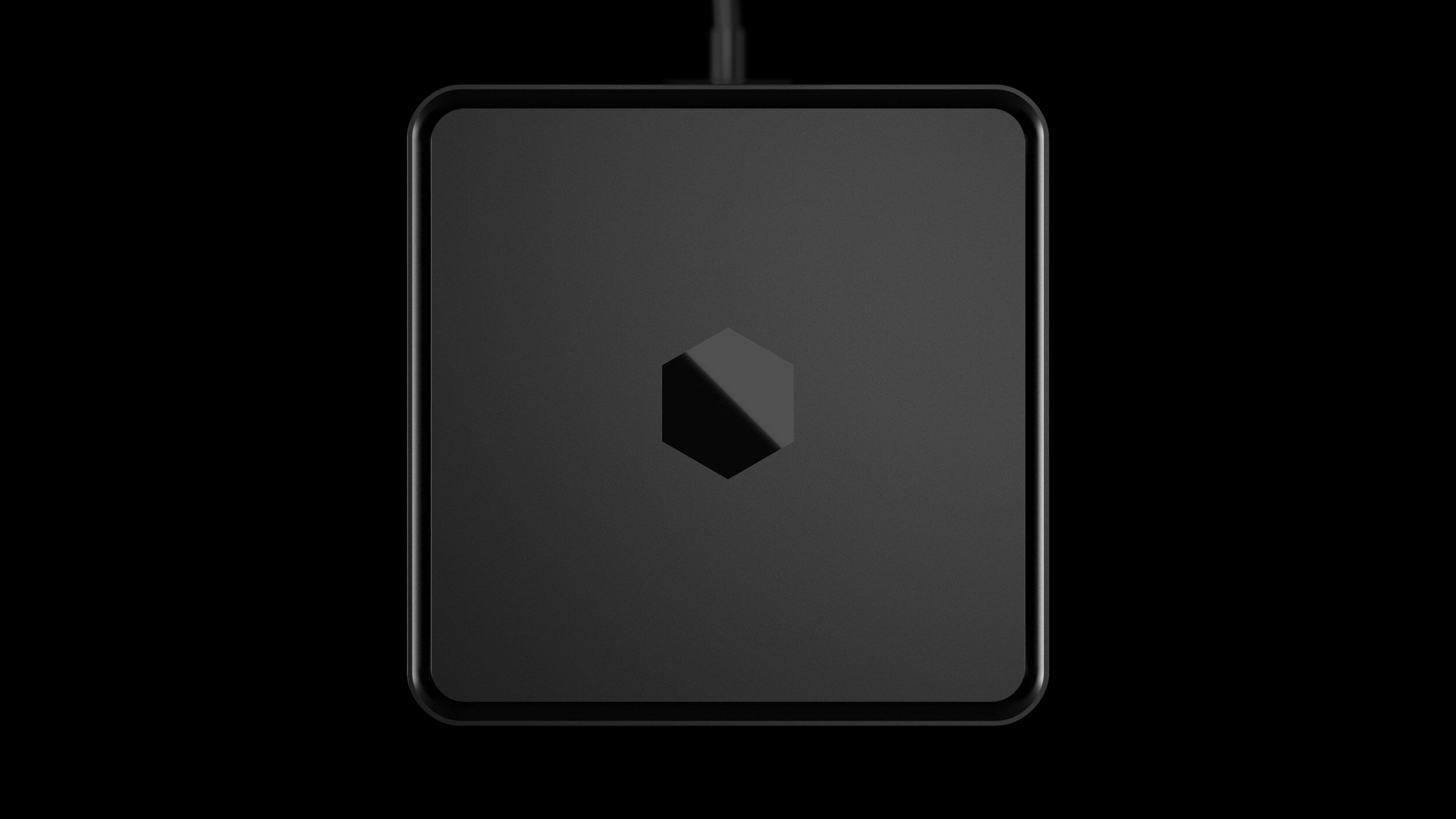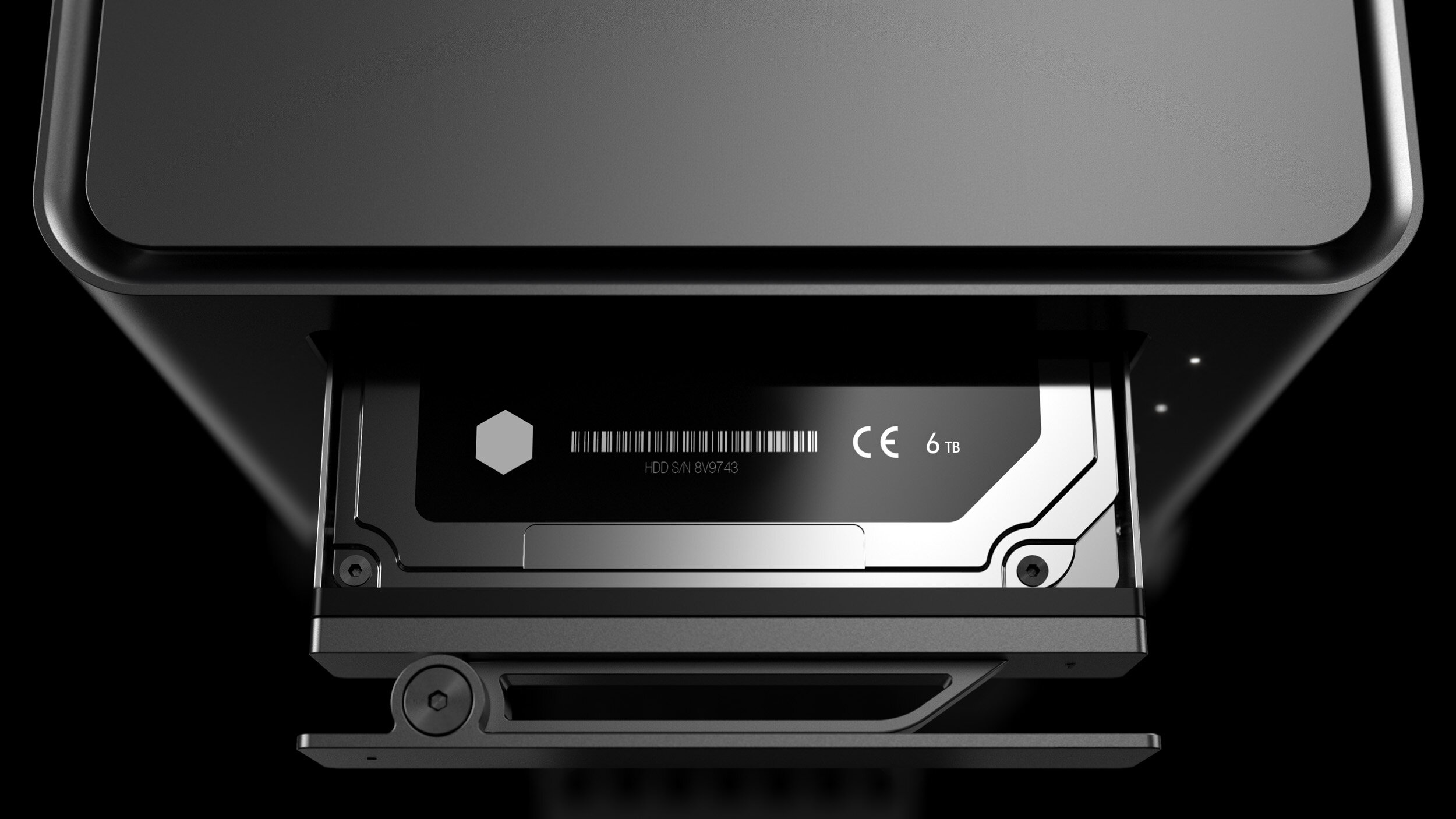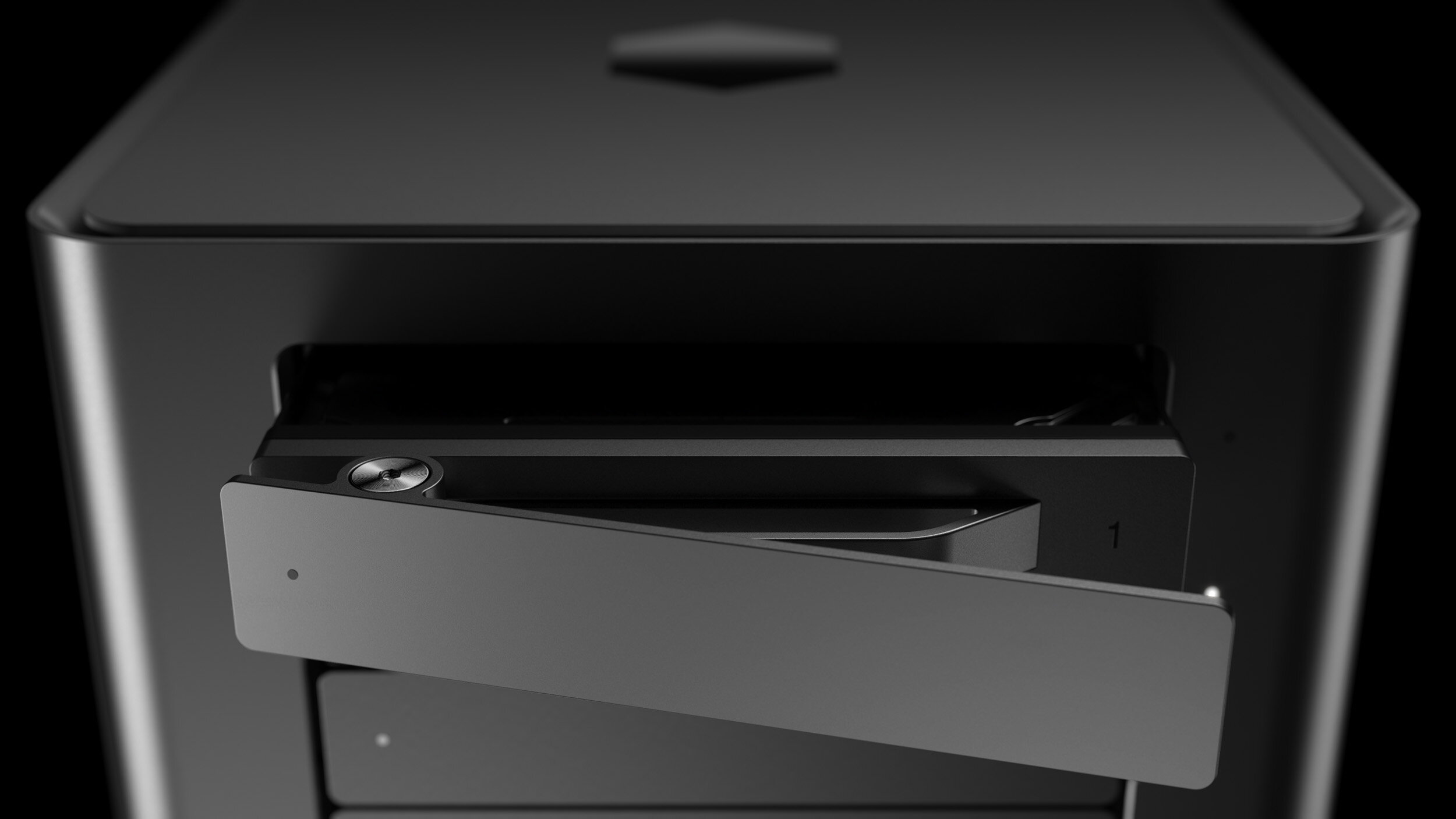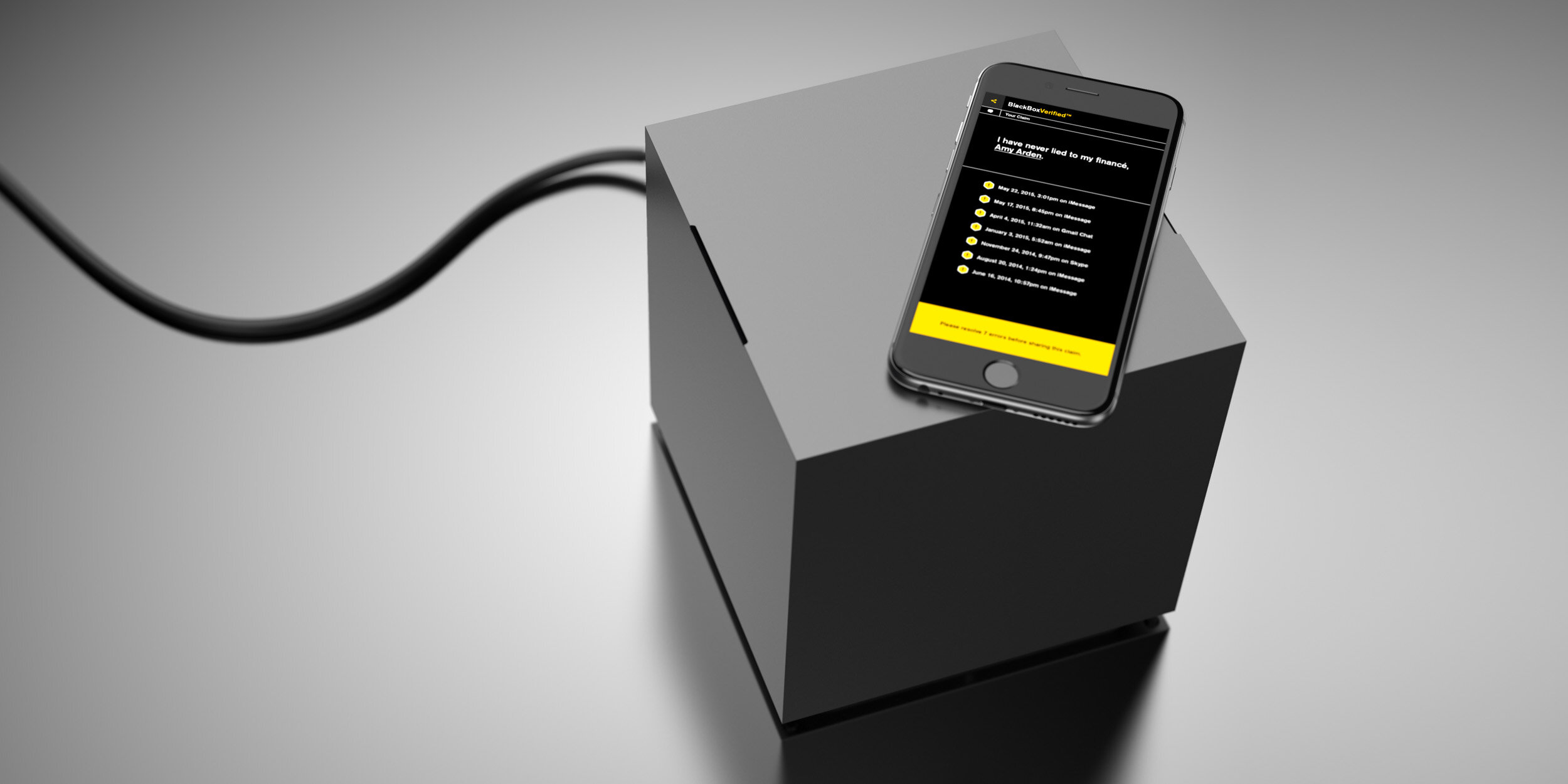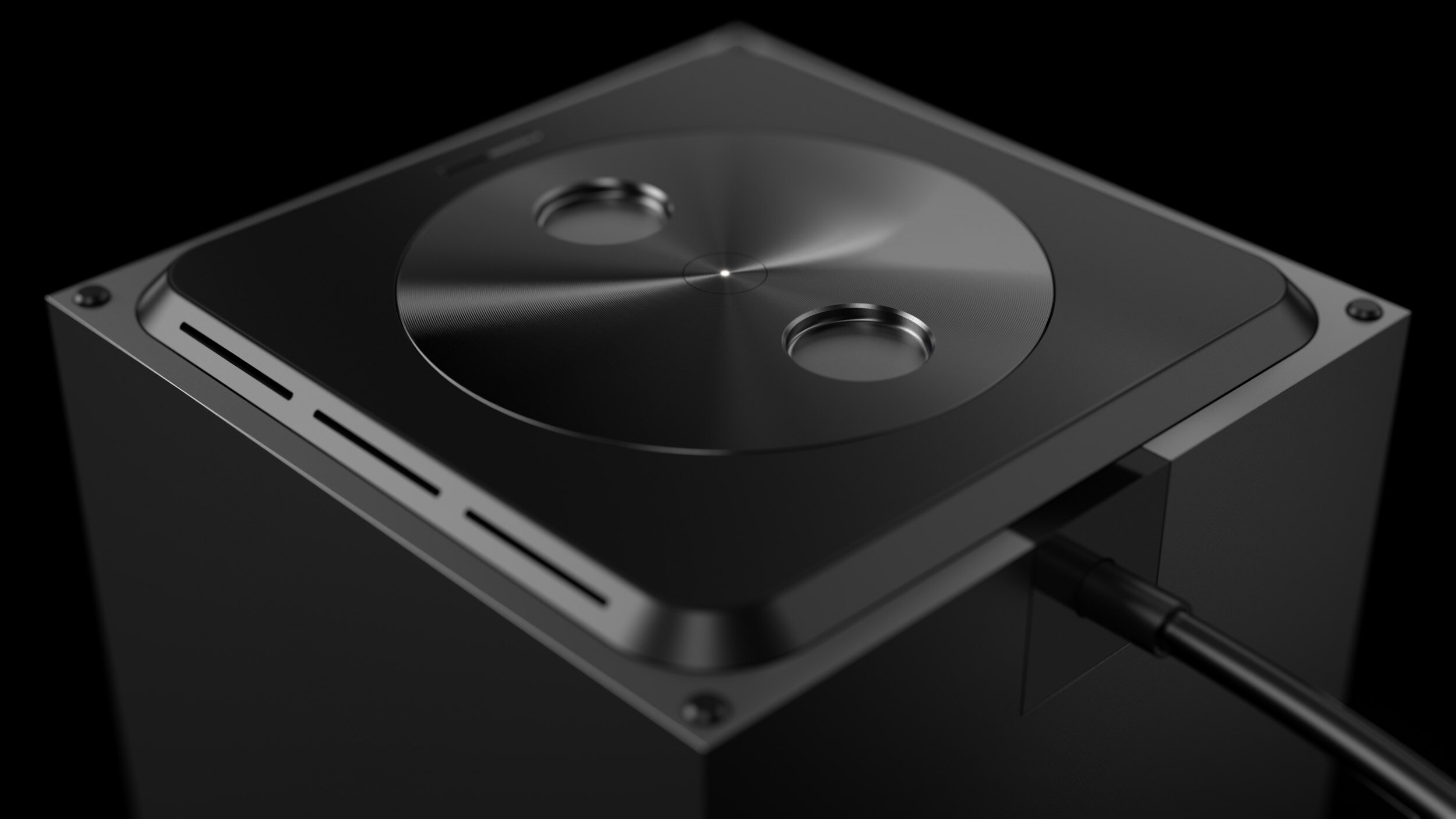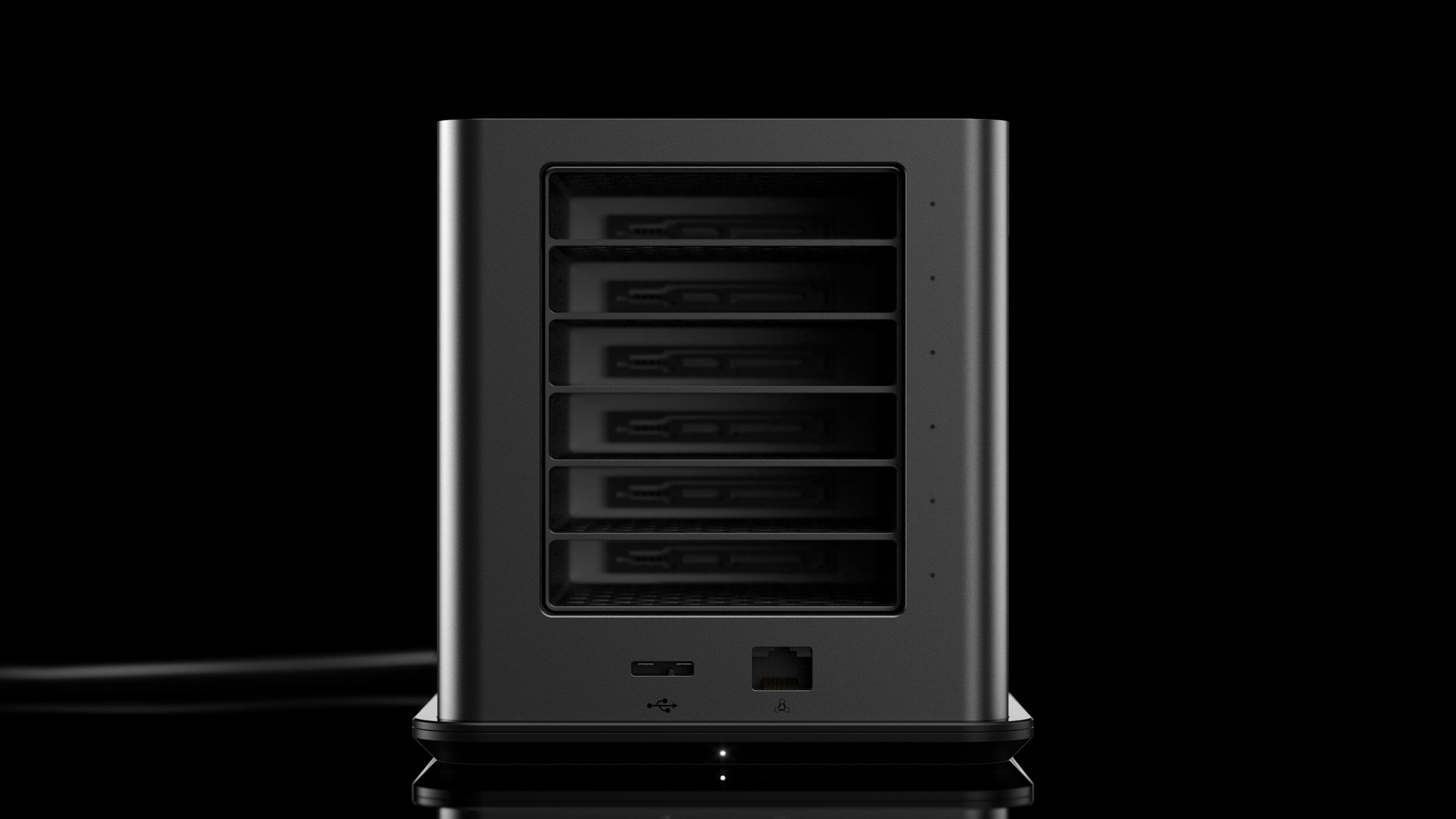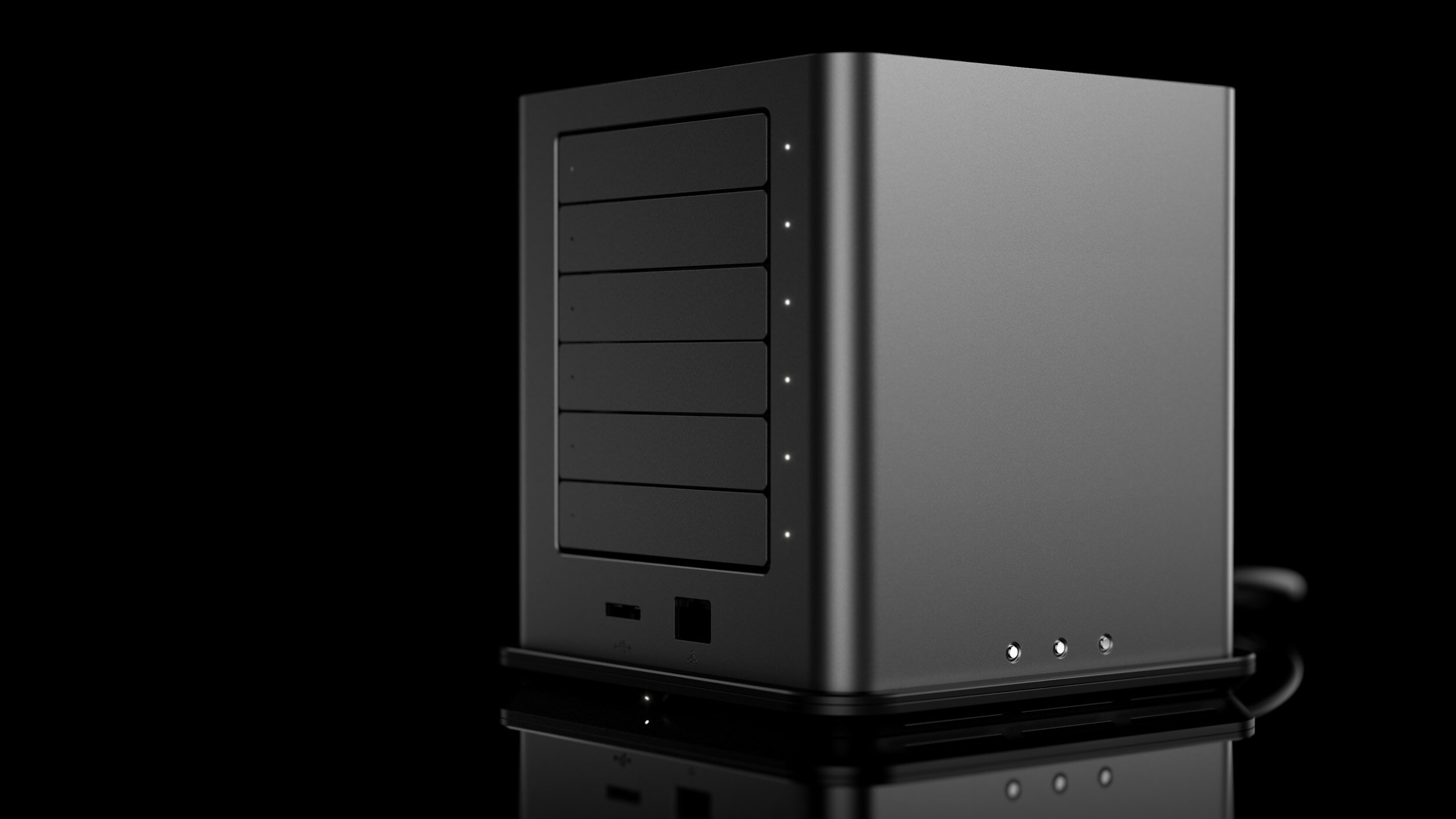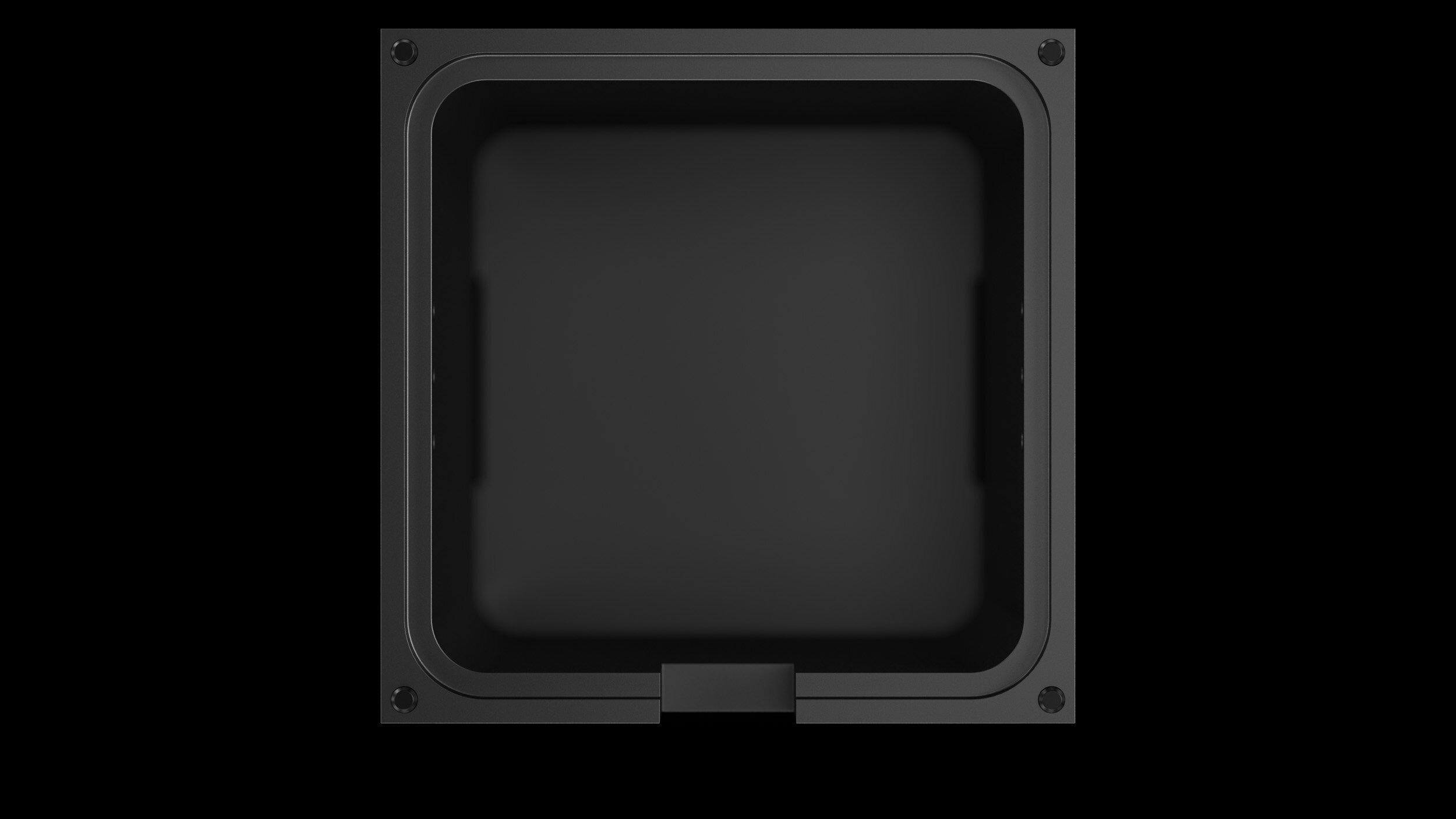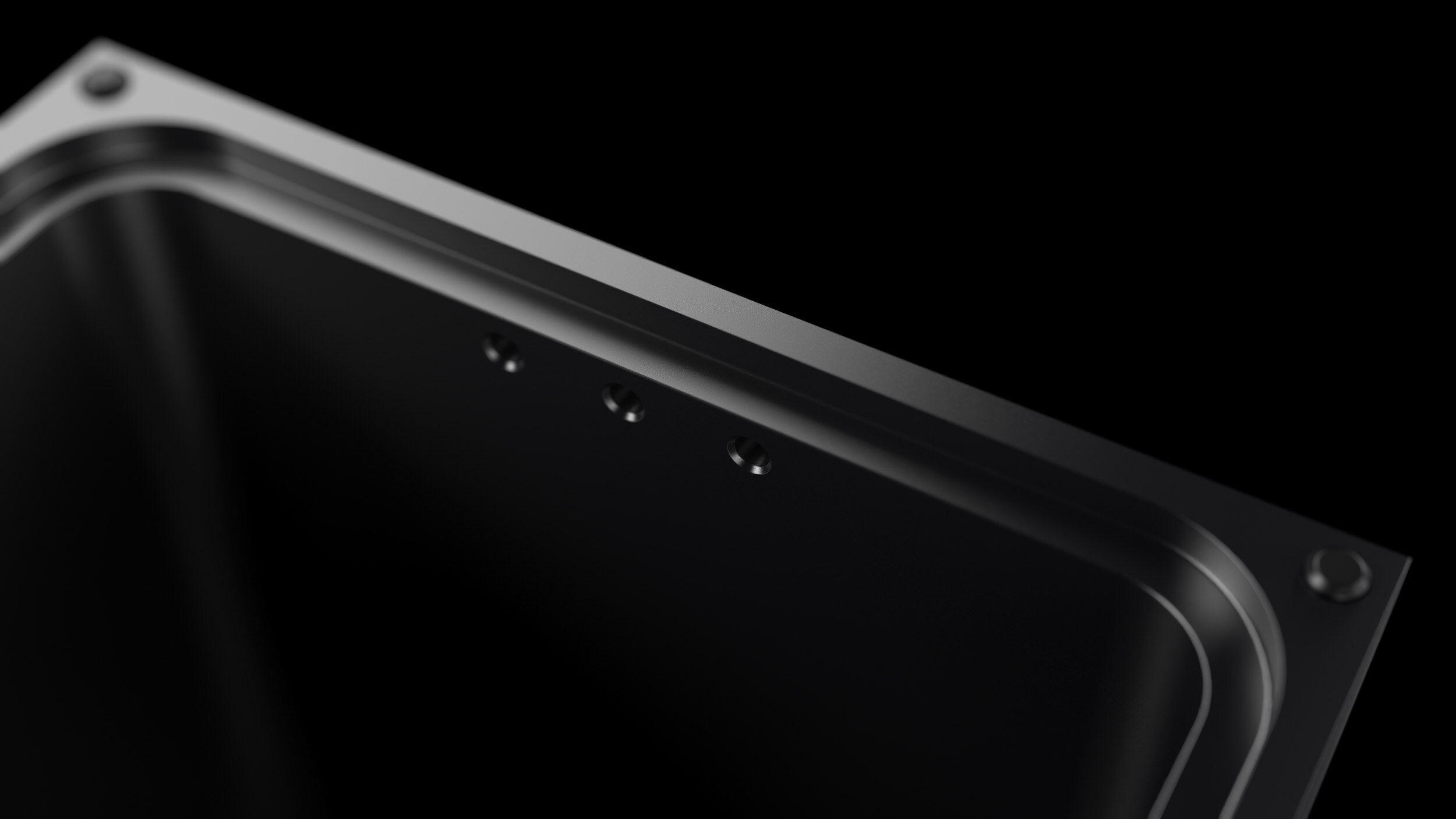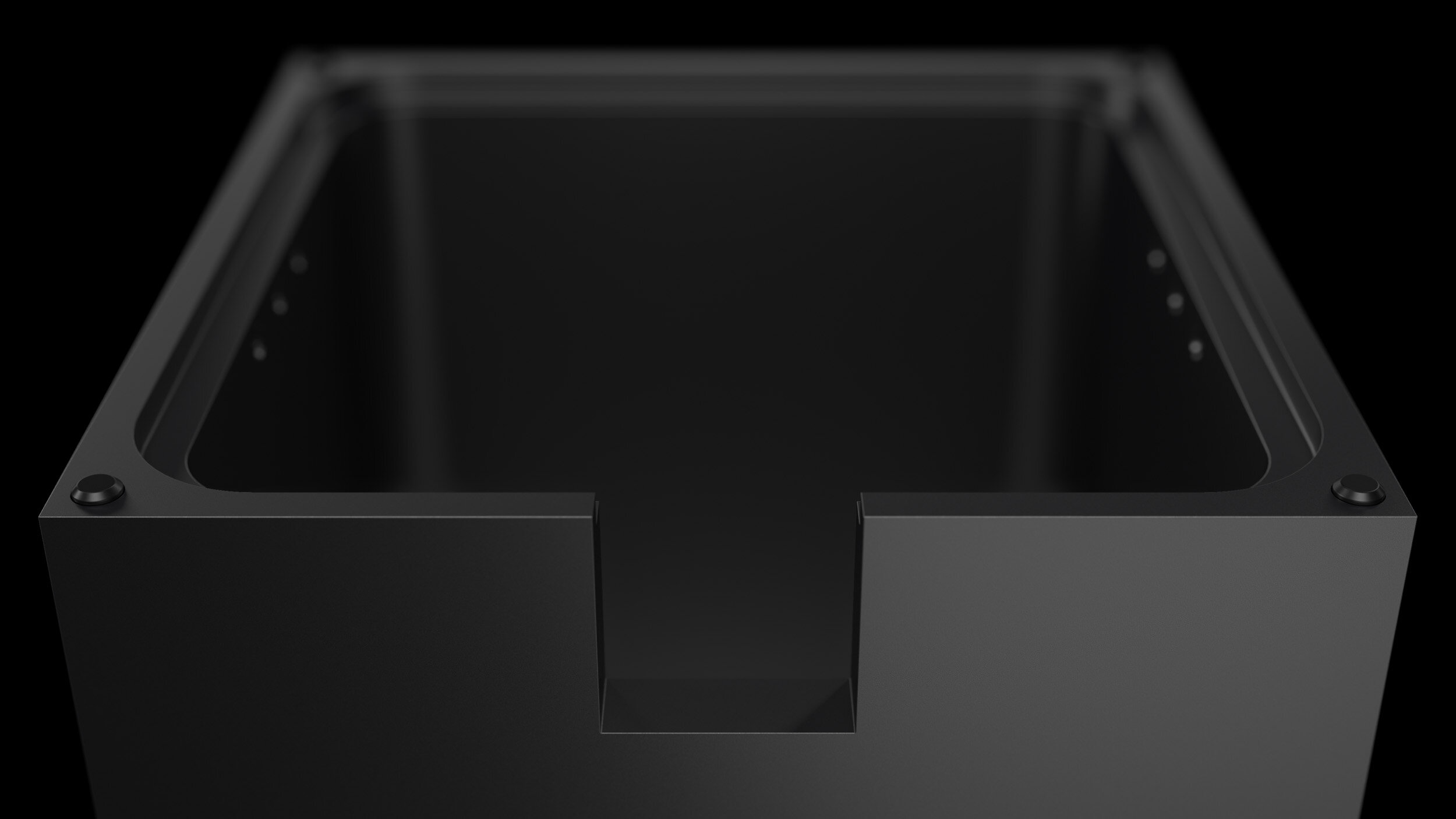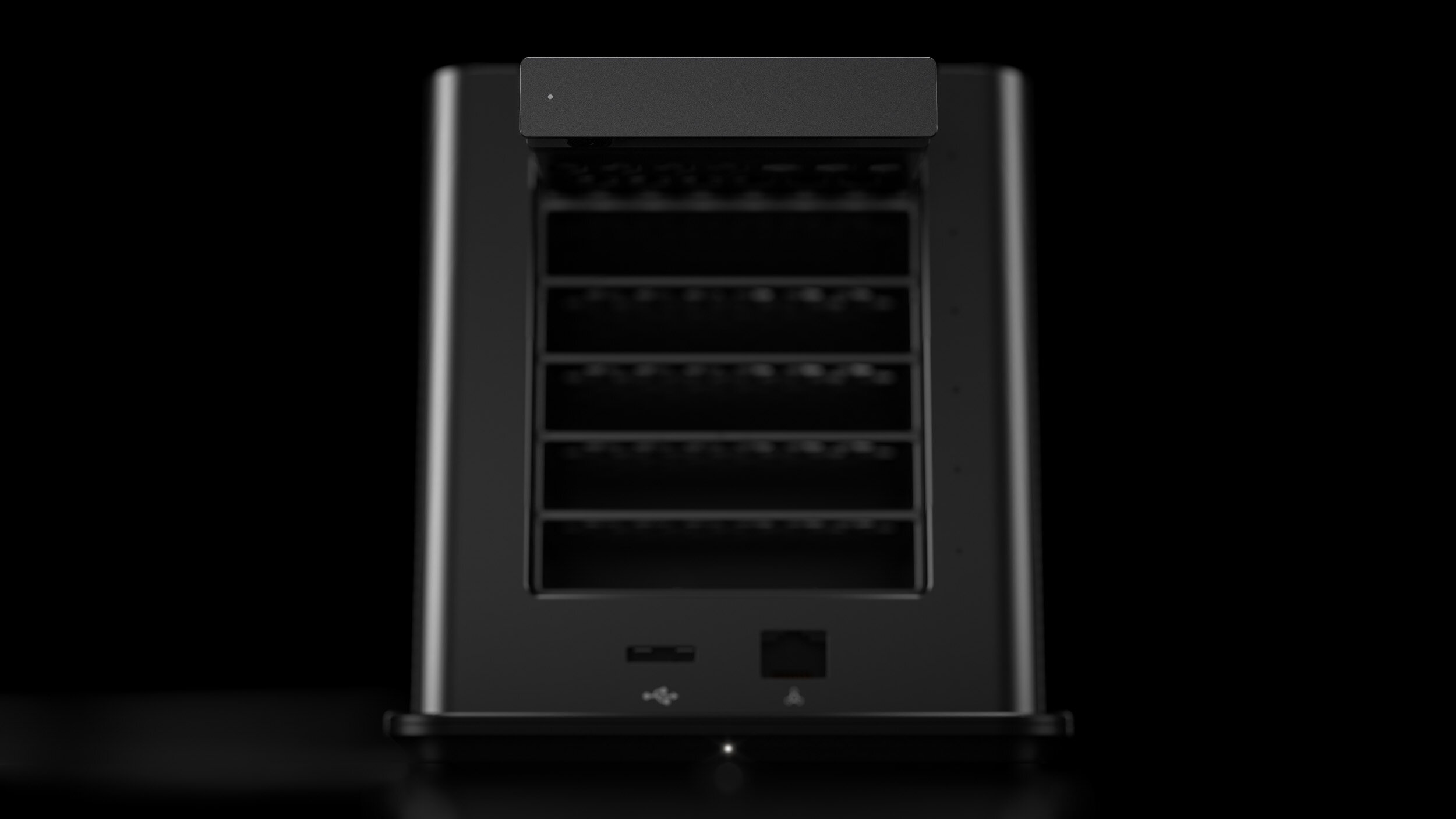
Black Box 2014
Design concept on the topic of privacy and the potential implications of data mining and one’s personal life.
Copy credits: Kyle Barron-Cohen.
Your life is being recorded. Right now.
In all likelihood, you’re doing most of the recording. Through something on your wrist, through your smartphone, your camera, status updates, check-ins, likes, tweets, tags, hashtags, pins, uploads, downloads, comments and blog posts.
And then there’s all the recording being done by others: online trackers, cookies, banks, hospitals, ad agencies, big box stores, security cameras, turnstiles, tollbooths, ISPs, the NSA, Nielsen, and private detectives.
That is a lot of data. Your data (or, rather, data about you).
What do you do with a lifetime of data?
BlackBox is a personal unit of hardware created to house all the tiny pieces that comprise the “big data” picture of your life—an all encompassing vessel holding a lifetime of transactions, conversations, likes, secrets, and habits. BlackBox is not in the cloud. The cloud is everywhere else. BlackBox is the tangible, incorruptible storehouse of every cloud that holds some small part of you. Accessible only by you. BlackBox is a way to quantify, contextualize, analyze, and philosophize. It has all the answers. You provide the questions.
To whom (or what) are we accountable? What happens when our apps become our parole officers? What makes something meaningful? Is a moment only meaningful after the fact? Can an app parse out truth? Is the nature of truth simply an algorithm? When does truth go from philosophical treatise to validated code? Can truth be debugged? What is the difference between Enlightenment and Entertainment? How does data create empathy?
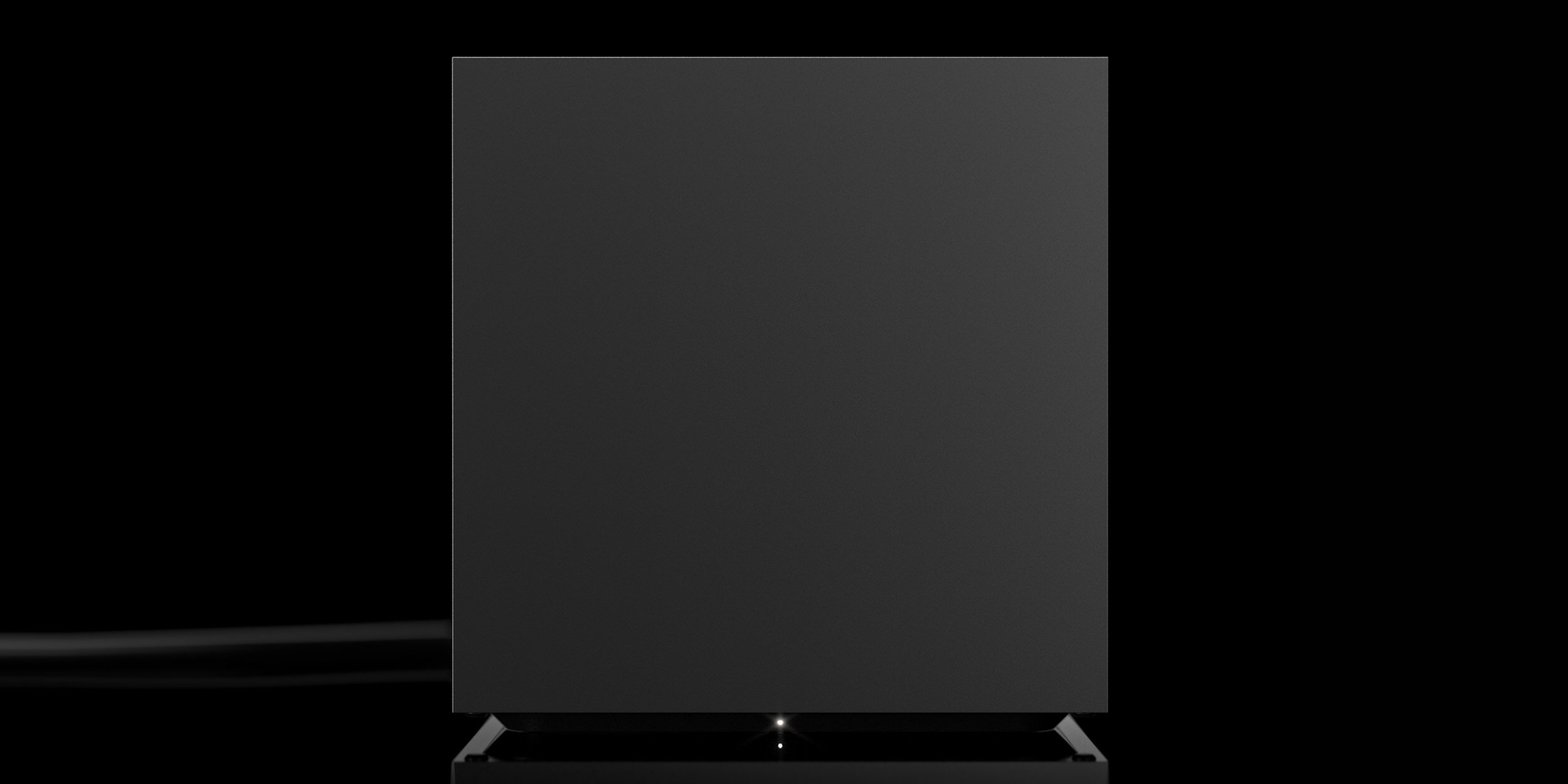
__
This concept envisions a post machined, black anodized die cast aluminum cube physically protecting a series of hard drives holding your personal data.
The core of the system extends beyond the bottom surface of the cube creating the illusion of a floating block. A discreet LED light reflects onto the resting surface to provide a subtle indication of the status of the system should it require attention.
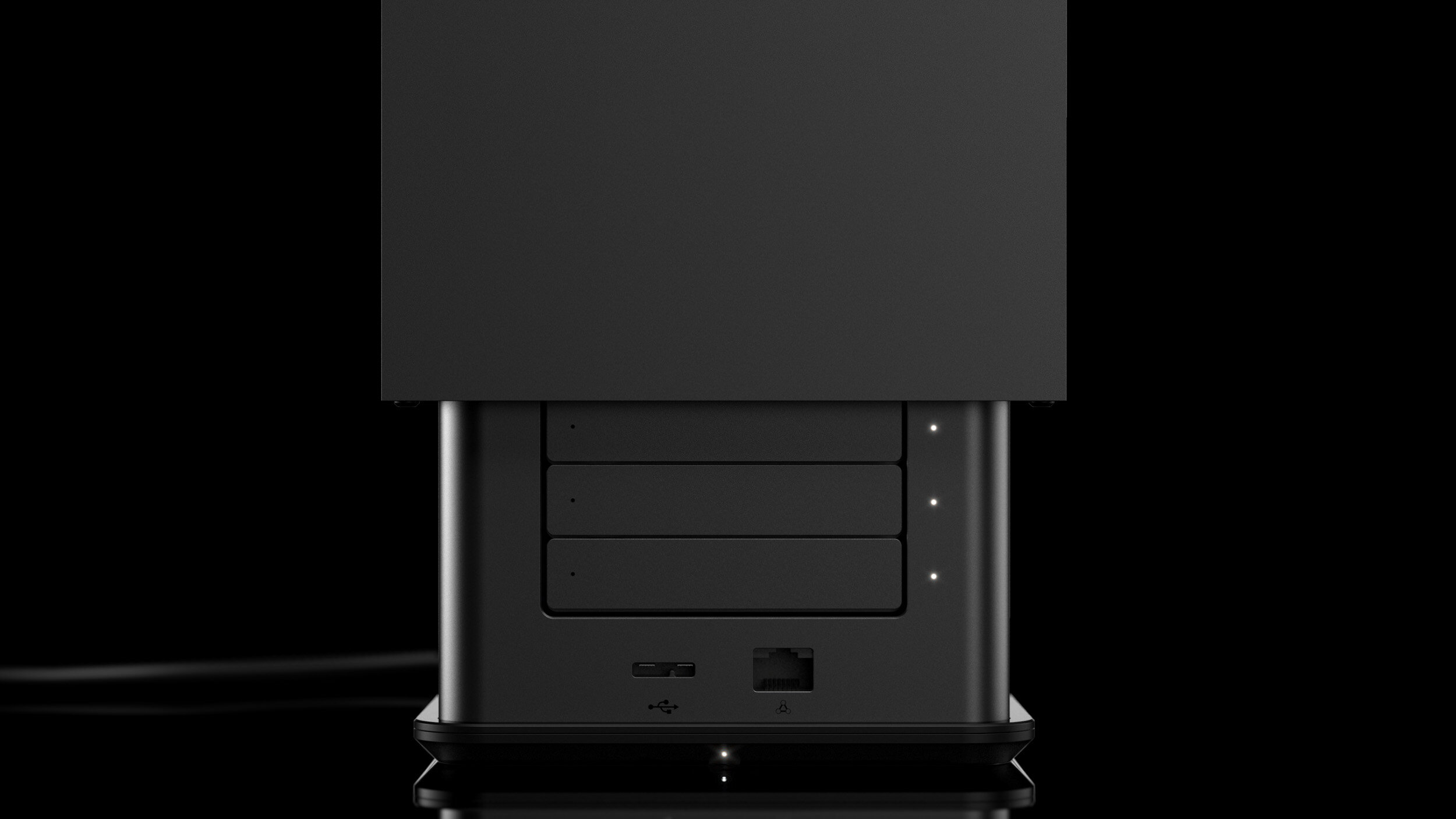
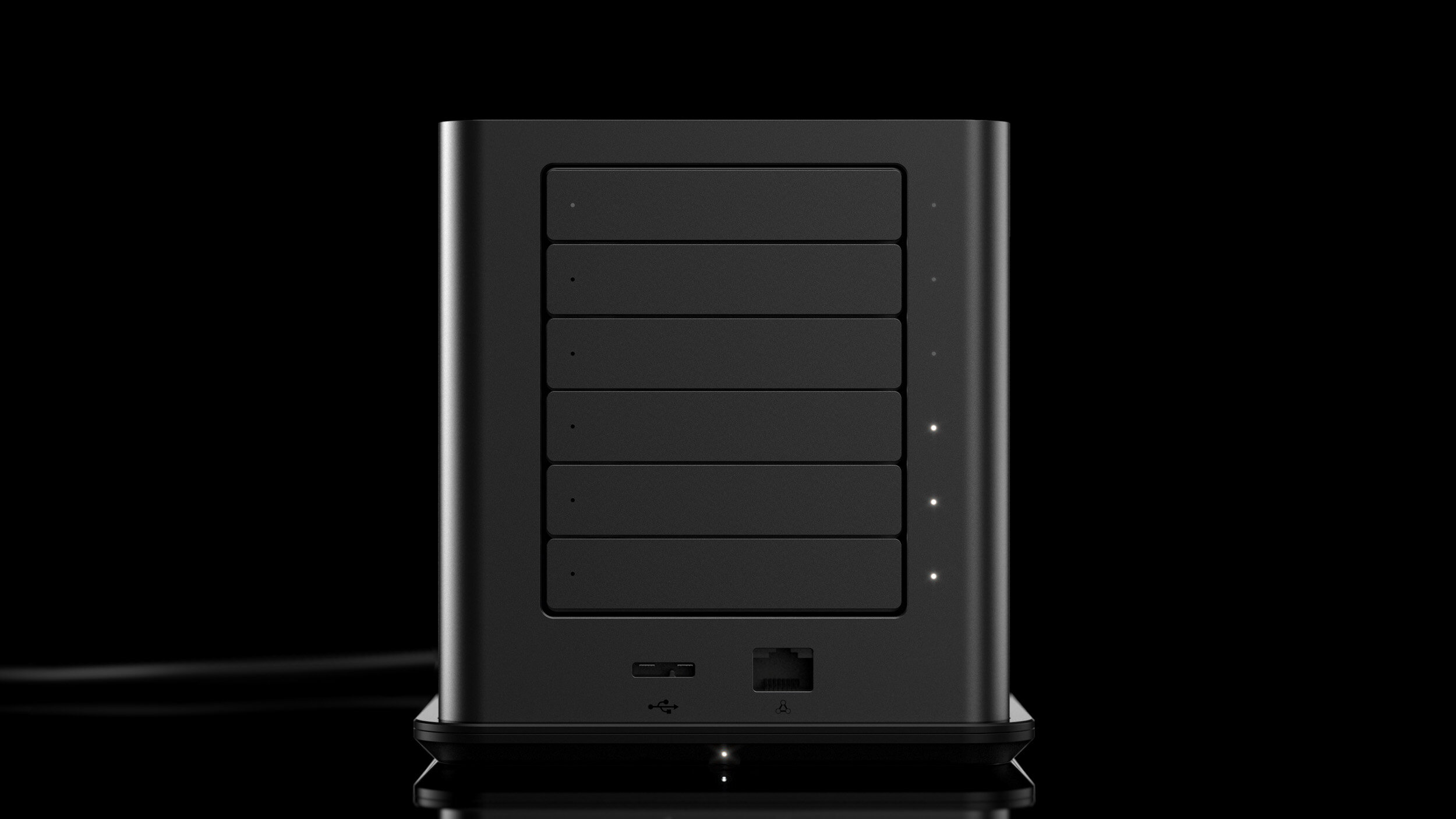
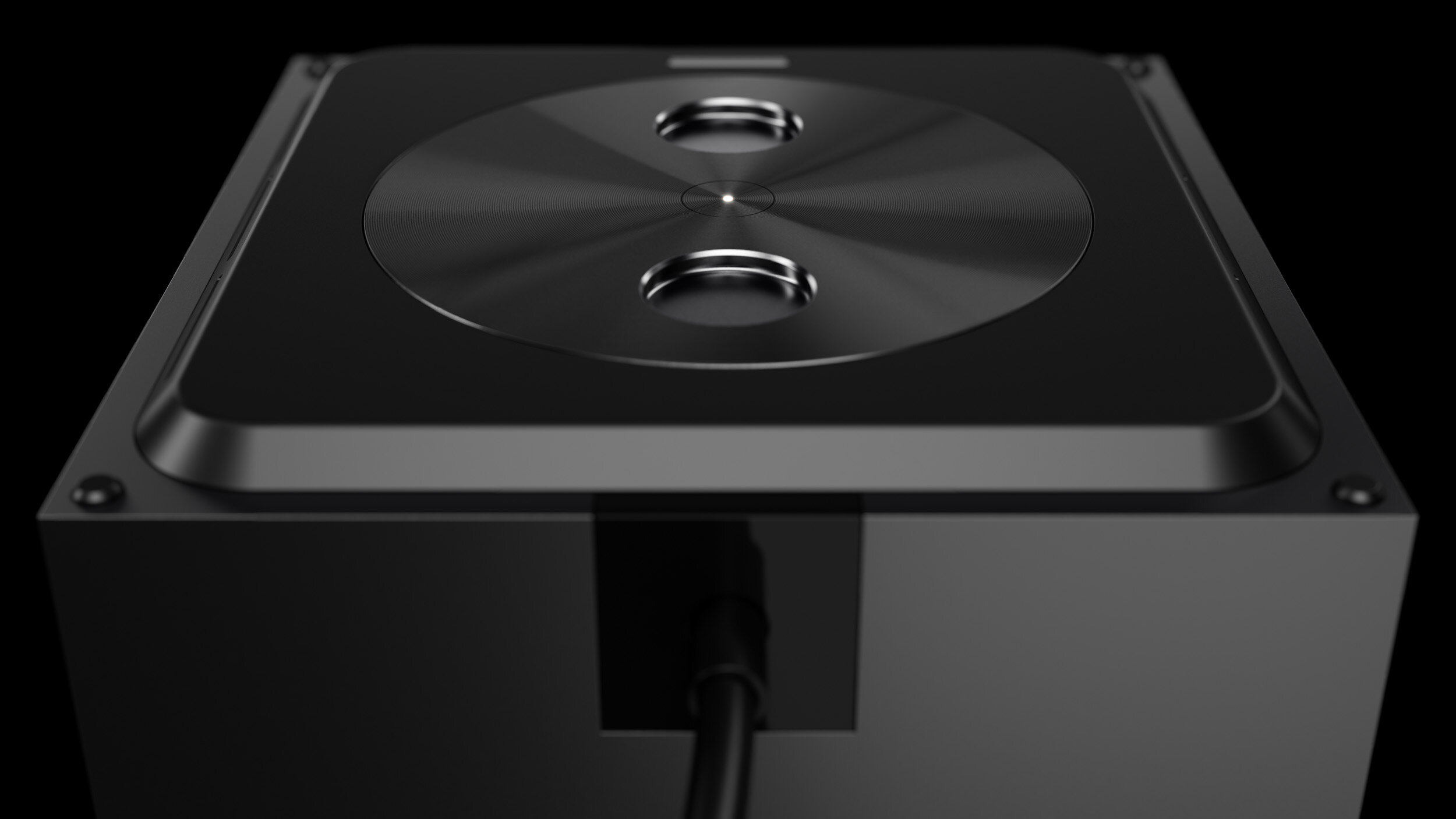
__
In order to access the physical recordings an authorized user needs to have a finger scanned to unlock the elements. Rotating the disk retracts a series of internal bolts and the cube can be safely removed from the base.
The logo is a black hexagon suggesting the notion of a cube in isometric view and the intangible nature of the data existing in the cloud.
